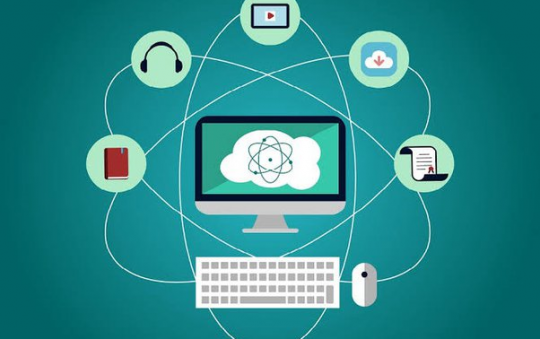While the digital divide has existed for decades, more and more schools are noticing it as we go through the COVID-19 pandemic.
While schools were operating with students in their own homes, it became obvious that some people were more prepared than others. How can students learn if they don’t have adequate technology? How can teachers teach if their schools don’t have the right equipment or appropriate technology?
In other words, how do we bridge the digital divide so wealthy schools in urban areas don’t get better resources than lower-income schools in rural areas?
Keep reading to learn all about the digital divide and some potential solutions.
Contents
What Is the Digital Divide?
Despite our tech-centered world in 2021, not everyone has the same access to technology, even within the United States. Quick wifi and modern devices are available to people in urban areas. This isn’t as true for rural areas that often experience slow internet speeds.
Race, location, and economic status have the largest impact on whether or not someone is going to have good access to technology and the internet. White people who make a livable income and live in urban or suburban areas are more likely to have access than non-white people who live in rural areas. People who are Native American and living in rural areas or reservations often have the least access.
Even before the pandemic, computer literacy has been crucial for all students. Most papers are typed, research is all online, and many schools also have online homework.
Where does this leave students who don’t have adequate technology at home, or schools that aren’t able to keep up and offer these devices on their own?
This results in educational inequality. It’s unfair for students to receive unequal educations based on things that are outside of their control.
How Can We Bridge the Digital Divide?
So how do we fix it? How do we reach educational equity and what is being done to bridge the digital divide?
Many people are working on bridging the digital divide, but it’s a trial and error process. Some companies are offering technology solutions for low-income schools that they can use in the classroom and offer to their students when they go home.
You can view these education solutions as examples.
One of the largest problems with the digital divide is that it keeps growing. Affluent schools continue getting new and improved technology every year. Even schools that are gaining access to mid-level technology can’t keep up.
In other words, bridging the digital divide is a challenge that we likely won’t solve anytime soon.
The Digital Divide: A Major Problem for Schools and Students
It’s difficult to foretell what the future holds regarding the digital divide. All students deserve equal access to information and technology, but how can that happen when the problem seems to be growing?
With helpful technology companies offering help and the government offering assistance, we may be able to start chipping away at the problem.
For more helpful articles about education and how to bridge the digital divide, visit the rest of our site.




